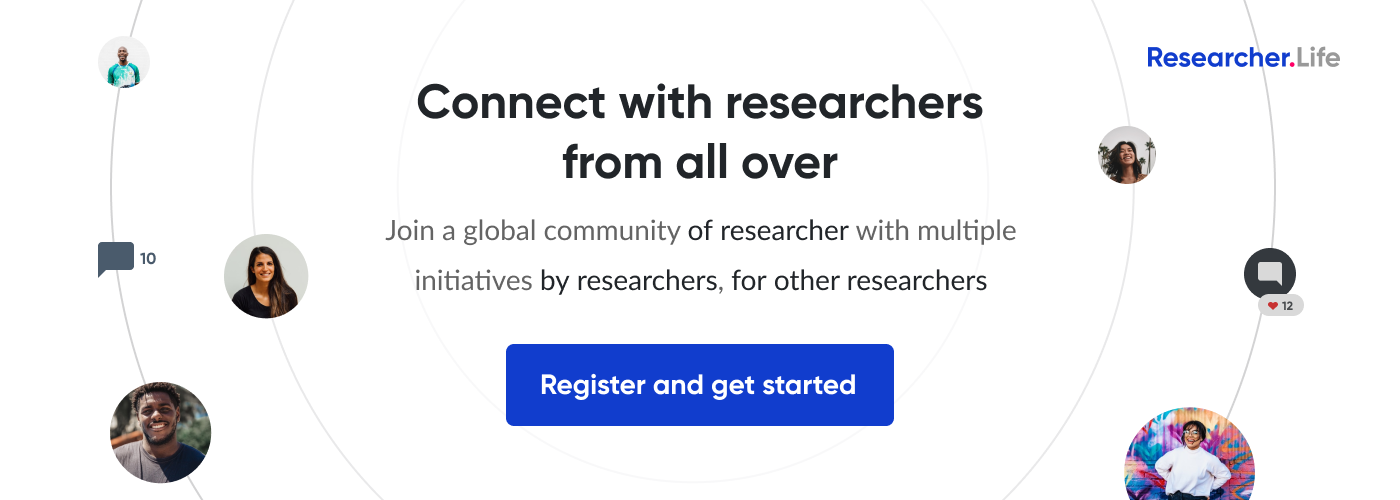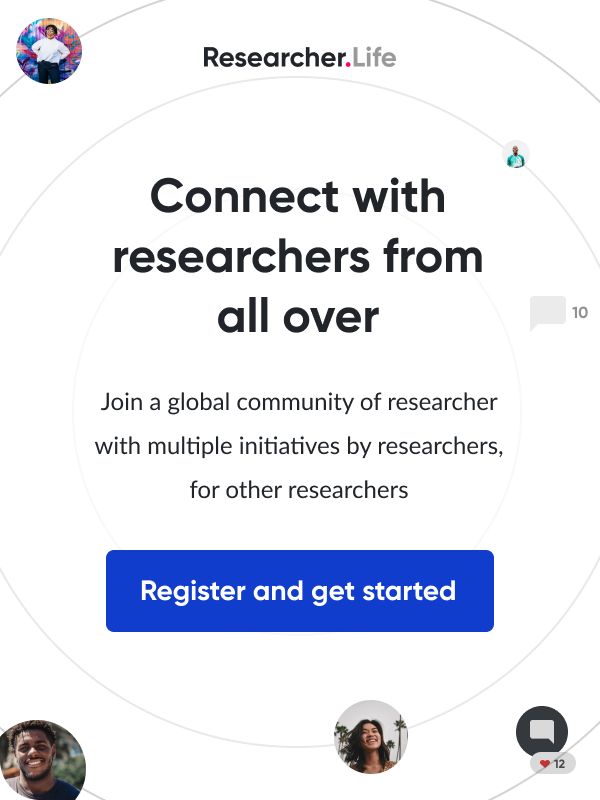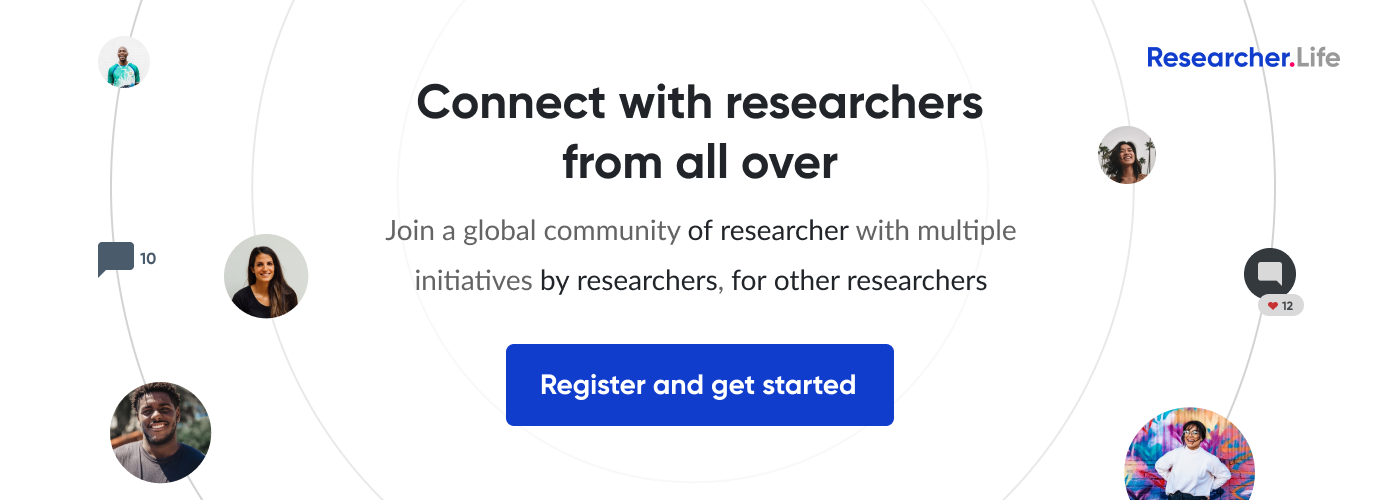How to choose the right funding option at different stages of your academic career

Getting grants is vital for researchers to carry out their research. However, winning these grants is not an easy task. Several aspects determine whether a researcher is awarded a grant, such as the research topic, affiliations, past productivity, and so on. But it is usually the first step that most researchers struggle with – identifying the different sources of grants and choosing the one that would suit the stage of career they are at.
This article, therefore, will summarize some of the current funding options available for academics. The main goal is to make researchers aware of the real or perceived advantages and disadvantages of seeking and obtaining different grants and contracts. I will not get into the description of the availability, formats, page requirements, style, and such other details of grant proposals. Rather, I will focus on the pros and cons of applying for these grants at various stages of an academic’s career. I will describe and discuss three generic classes of research and development (R&D) funding in the field of chemistry for early career and more experienced researchers in academia. Though there may be other sources and types of funding, I believe that these three form the basis for the most current sources for academic R&D work, at least in the U.S. Others available abroad are not mentioned here, and I may omit some classes of funding, such as Small Business Innovation Research (SBIR) and Small Business Technology Transfer (STTR), or individual foundations that do not usually fund chemistry R&D activities.
I wish to provide academic researchers some food for thought on which funding sources might be approached at different stages of their career and why. And, I also want to emphasize that getting money should not be the only criteria for pursuing a grant proposal to a particular governmental agency, private industrial firm, and nonprofit foundation supporting academic R&D research. Let us now dive into the current funding options academics have.
1. Federal, state, or regional grants/contracts
Of all types of grants or contracts for academic type R&D support, surely those from the governmental agencies are always the most desirable and beneficial, but difficult to obtain consistently. Speaking of the situation in the U.S., this indicates why such a low percentage of received proposals for grants from the National Institutes of Health (NIH), the National Science Foundation (NSF), the United States Environmental Protection Agency (EPA) and other such agencies, are approved and (fully) funded. If the funding approval rating does not meet the cut-off number, it has little meaning to the applicant and their funding track record. Thus, a consistent record of receiving fundable ratings (and funding) from one or more such federal (and/or international) funding agencies is usually considered an indication of an above average, very successful academic researcher.
Contracts from a federal funding agency are less flattering than grants as they are usually given to meet a very specific goal of the agency. Just as the industrial type R&D funding in academia, these are not viewed as meaningful as grants. They are usually given because they meet an existing or a future need of that agency that is not easily met through the grant process, and so the agency issues notices to seek out such applications. Funding is also limited to the agency’s stated goals of that contract and is not meant for generic knowledge generation. R&D coming from federal/state grants usually results in publications of a high stature in the very best journals. This is not always the case with contracts, as that is not their specific goal.
Why then seek out the federal grants over contracts, and why seek out highly competitive grants over other types of funding? There are several, usually good, reasons, not the least of which is that they are very competitive. These often include several years funding, suggest a high competency and good planning by the submitters, are usually reviewed by the best scientists in the areas of the proposal, are well managed, experienced grants coordinators are available for guidance. Moreover, federal grants are regarded as a sign of high competency, excellent R&D projects, experience, and good writing skills by the PIs. Also, promotion and tenure review (P&T) committees often look for an applicant who has received one or more federal, competitive grants, with successful conclusions. Failing to meet this requirement can give a negative impression to the P&T committees. Having more than one federal grant (for e.g., NIH or NSF) often encourages the private industry to provide its own grant or contract-type funding to the same applicant. The reverse is not true. There is everything to be gained by having continuous federal grants (for e.g., NIH or NSF), along with the expected publications, and nothing to be lost!
This may come as a surprise, but there are downsides to federal/state grant funding. They are extremely competitive, and for the younger faculty, it can be very difficult to compete with those who have been in the running for decades. Another con is that often it can take a long time for the applications to be fully reviewed. No grant application is reviewed without any changes. There is feedback from the reviewers but their grading and reviews are what the agencies then use for final conclusions, almost entirely. There is little recourse to a negative evaluation. And it can be very frustrating to break into the “old gang” of successful, federal grant applicants. As the level of NIH funding, for example, gets reduced by budgetary cuts in Congress or the agency, it does not affect the number of proposals that get submitted in the following year. Thus, the number of proposals funded decreases, the rating scores increase (lower scores get funded, not higher), and fewer applicants get approvals for funding. All that time, effort, sweat, and worry are for naught but to start all over again.
Federal contracts, on the other hand, are usually less competitive. Fewer applicants are likely to have the very same topic, and such applications usually appeal to federal agencies needing to solve very specific problems by your R&D. There also are SBIR and STTR type contracts, usually to support new, small businesses coming out of academia. These are sometimes granted for an initial period of six months, and if the work is successful, the funding is extended often for several years. Contracts are so structured that getting original and innovative R&D publications may be difficult. This is also often true of corporate contracts/grants; the work is often so targeted to newer or improved products that getting innovative and original R&D results that have never before been published can be tricky. Remember that accepting a specific contract of any type usually means targeted R&D work to solve a specific problem or goal that will result in something that can be commercialized and marketed. This is often anathema to high quality, original, and novel scientific publications. While not always, such constraints arise quite often.
2. Private industry contracts and grants
Very often, it seems that obtaining private contracts or grants can be simpler and easier than going the NIH/NSF route. While that may be the case, it has its own problems, some of which can be detrimental so far as promotion and tenure are considered. In terms of the nature of the R&D, it is possible to obtain very successful publications/presentations and commercially viable results. However, having only this type of funding for a younger faculty is usually looked askance at by P&T committees. On the other hand, having both types of funding – industrial contracts and governmental grants – is looked upon in most academic centers as a positive thing for the applicant seeking P&T. Early career academics should remember that grants usually bring in serious overhead funding to the university, which is usually not true of most contracts whether governmental or industrial.
The contract/grant itself can be successfully used to fund an individual’s needs for novel and creative R&D, and this is certainly true of the analytical areas. It also helps those students that will eventually go into industrial careers in science to gain experience. And it often helps the applicant to obtain the instrumentation that is not readily available otherwise for programs of R&D that will help the funding firm develop newer markets and/or new and improved instrumentation or instrumental methods of analysis. These are all desirable things for both the academic researcher and the funding firm/company. Such arrangements can often be symbiotically beneficial to all involved, including the students, which is great! Indeed, one can have a student divide (co-op) their time between the industrial labs and the university, thus getting valuable academic and industrial experience during their graduate studies. Such co-op programs have existed for several years in numerous colleges and universities. Everybody seems to benefit in such programs and usually with excellent publications, presentations, and commercial success.
Over the decades, many such co-op arrangements with graduate students have resulted in highly successful projects in the areas of analytical R&D. One, in particular, helped develop one of the very first blockbuster biopharmaceutical drug products on the worldwide markets. That product then became the bestselling product of the parent firm for decades and continues to be so even today. The grad student got their PhD, the company got most of its analytical R&D performed with the collaboration of the university (with several, excellent publications), and a product evolved with full patent coverage that became one of the world’s, highest revenue generating drug products for decades. Everyone was a winner!
3. Private non-profit grants and contracts
There are numerous privately funded, nonprofit foundations, such as Bill & Melinda Gates Foundation, Alzheimer’s Association, Arthritis Foundation (101 medical foundations fit this bill), Charles Koch Foundation, Healthcare Foundation, Walmart Foundation, and Rockefeller Foundation that provide grant or contract opportunities, often in physical sciences. These are almost always competitive, though with somewhat vague and generic topics of interest that are unique to each foundation. Such grants usually fund a generic topic often related to development of newer pharmaceuticals or treatments for specific diseases, improvement of society, science awareness, training of advanced students in physical sciences, and so forth. The research is often funded for several years at a time and carries a sizable payout to the awardee, though not as much as with a 3- or 5-year federal grant (for e.g., NIH or NSF).
Usually the overhead rates for such grants do not compare with an NIH or NSF grant. These grants fall short of the amount of funding and duration of funding compared with the federal grants (for e.g., NIH or NSF), but they are still very competitive. They do not always deal with fundamental science and are also not usually geared towards developing a newer 3D printer or Orbitrap mass spectrometer for doing top-down MS of proteins. Those types of contracts or grants would come from the corresponding industrial R&D type private company.
Depending on the specific foundation involved, such successful grant applications can have cachet and value to the academic for T&P purposes. Often, their funding is not as restrictive as with an industrial contract, but they want to see real, tangible applications of the R&D to solve some type of societal problem, medical problem, and so forth. The larger foundations, such as Gates or Zuckerberg or American Cancer Society (ACS), may consider far-ranging proposals, but an organization such as ACS would want a proposal dealing with cancer research. The American Chemical Society also has such grant types, often of a very academic nature, but their payoffs are often limited. Usually, the amount of yearly funding is less than a federal grant (for e.g., NIH or NSF), but often equal to or more than an industrial contract (depending on the nature of the company/industry).
Conclusion
Usually, the larger the foundation, the greater the number of grant applications received each year, and so competition can become fierce. Of course, a lot depends on the specific R&D being proposed. And as with the above proposals, if the work being proposed is really groundbreaking and promises a high likelihood of success, the competition may mean much less.
Because the review process for industrial type grants/contracts, as well as those from the private foundations are not usually as rigorous or competitive as an NIH or NSF grant application, their cachet or value to an early career academic may be somewhat limited. Also, because their overhead payouts to the investigator’s university or college are lower, the value or worth of the researcher involved also becomes less to the host.
Again, promotions, raises in salary, increased lab/office space, and other such perks of an academician are often directly related to how much funding, especially overhead money, was brought in the past and will be brought in the future to the university or college. It is not just a matter of how many high quality publications and presentations you and your group generated, nor how many undergrad/grad students you produced, nor how many awards you won for teaching or research. In the end, when they say it is not about the money, it – unfortunately in most cases – is about the money.
Published on: May 17, 2017
Comments
You're looking to give wings to your academic career and publication journey. We like that!
Why don't we give you complete access! Create a free account and get unlimited access to all resources & a vibrant researcher community.

Subscribe to Career Growth













